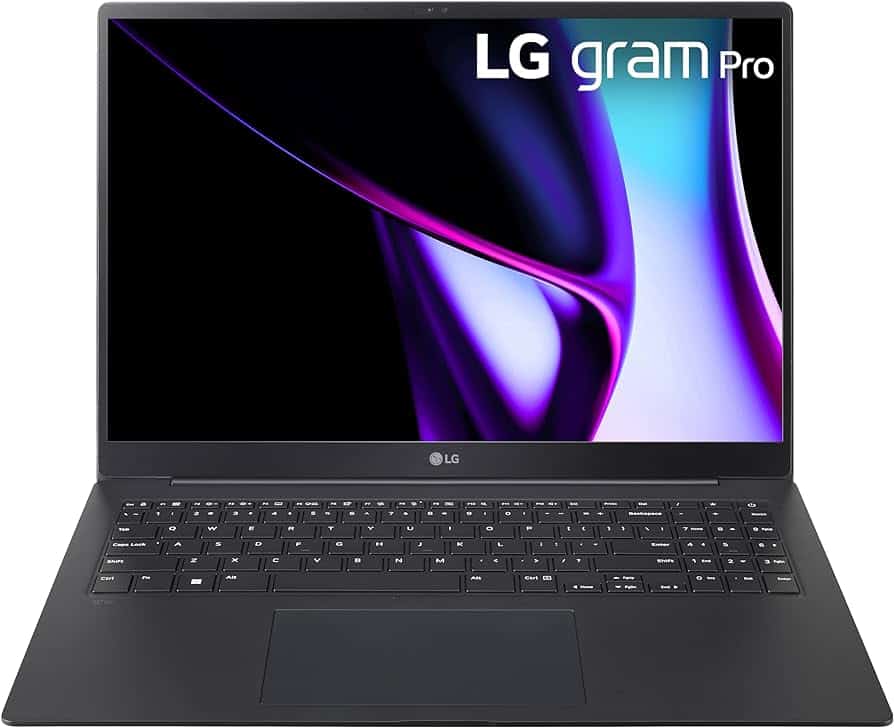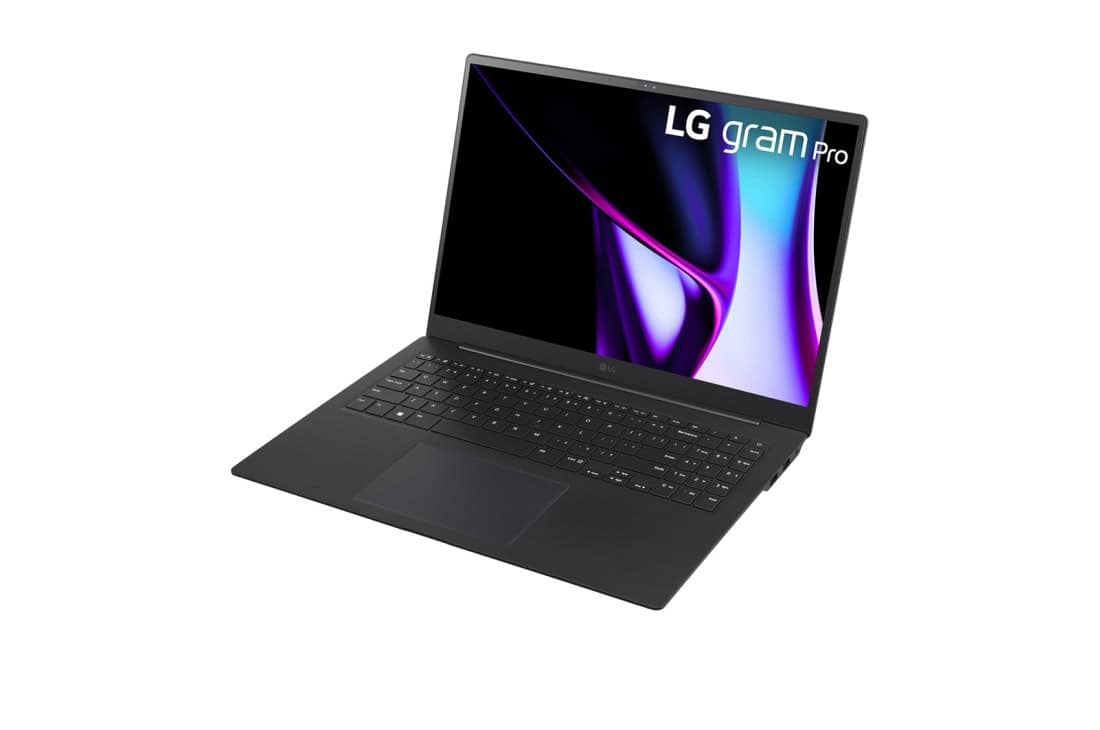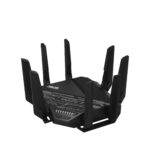The Nvidia GeForce RTX 5050 mobile GPU is an exciting new development in gaming technology. As enthusiasts prepare for the upcoming RTX 5000 series, they have mixed feelings about its launch. People are eager to see how the RTX 5050 and other models in Nvidia’s upcoming 5000 series will perform. The promise of AI improving games is becoming clearer.
Fans and critics are ready to watch for the latest news and performance reviews as Nvidia prepares to introduce the next generation of gaming GPUs. The excitement around the RTX 5050 is growing quickly. Its potential for great performance at a more affordable price could benefit laptop gamers everywhere. Look out for official announcements and performance tests in the next few months. The wait is nearly over!

Nvidia RTX 5050: A New Contender in Laptop Graphics
Leaked Information and Specs
Nvidia’s upcoming RTX 5050 mobile GPU has been making headlines after an accidental leak by LG. It seems LG unintentionally revealed the RTX 5050 in promotional materials for their new LG gram Pro 16 laptop. This slip-up suggests that the official launch of this new graphics card might be just around the corner. Although we don’t have all the details yet, here’s what we’ve managed to gather about the RTX 5050:
- It will likely feature 8GB of GDDR6 VRAM.
- It will have up to 2560 CUDA cores.
- The Total Graphics Power (TGP) is still a mystery.
Performance Expectations
While benchmarks haven’t been officially released, it’s anticipated that the RTX 5050 will offer a significant performance boost compared to its predecessor, the RTX 4050. This means smoother gameplay and the ability to crank up those graphics settings in your favorite games.
Potential Impact on the Laptop Market
The RTX 5050 is poised to shake up the laptop gaming scene. Here’s how:
- More Affordable Gaming: The RTX 5050 is expected to have a more budget-friendly price tag than the higher-end RTX 50 series GPUs. This makes it a great option for gamers looking for a good balance of performance and price.
- Improved Performance in Thin and Light Laptops: Its potential for lower power consumption could make the RTX 5050 a perfect fit for thin and light laptops. You’ll be able to enjoy gaming on the go without lugging around a heavy machine.
RTX 5050 vs. RTX 4050: What We Know So Far
| Feature | RTX 5050 | RTX 4050 |
|---|---|---|
| Architecture | Blackwell | Ada Lovelace |
| CUDA Cores | Up to 2560 | 2560 |
| VRAM | 8GB GDDR6 | 6GB GDDR6 |
| Boost Clock | TBD | Up to 1845 MHz |
| Power Consumption | TBD | 35-50W |
The NVIDIA GeForce RTX 5050 is a graphics card based on the NVIDIA Blackwell architecture, which is utilized across the entire GeForce RTX 50 Series.
Features
- GB207 graphics processor: The RTX 5050 is based on the GB207 graphics processor.
- DirectX 12 Ultimate: Supports hardware-raytracing, variable-rate shading, and more.
- 8 GB GDDR6 memory: Connected using a 128-bit memory interface.
- Tensor cores: 80 tensor cores to improve the speed of machine learning applications.
- Raytracing acceleration cores: 20 raytracing acceleration cores.
- PCI-Express 5.0 x16 interface: Connects the GPU to the rest of the system.
Benefits
- AI-driven rendering: The RTX 50 Series uses neural shaders, digital human technologies, geometry, and lighting to deliver breakthroughs in AI-driven rendering.
- RTX Mega Geometry: Allows for more detail on elements that usually get shortchanged because of their complexity, like hair and skin.
- Nvidia ACE: Enables interactive nonplayer characters that answer questions and otherwise contribute to the gameplay without preprogramming.
Note: Specific details about the RTX 5050 may vary depending on the laptop model.
Short Summary:
- The RTX 5050 was spotted on an LG laptop, highlighting a budget-oriented mobile GPU option.
- Rumored specifications include 8GB of GDDR6 memory, positioning it above the RTX 4050.
- With the adoption of advanced features, the RTX 5050 aims to enhance gaming experiences across casual and esports titles.
The Nvidia GeForce RTX 5050 mobile GPU has made an unexpected appearance, sparking discussions about its potential role in the mid-range gaming sector. The GPU notably surfaced in product listings for an LG laptop on a South Korean retailer’s website, indicating its forthcoming availability.
This unexpected leak aligns with Nvidia’s history of releasing budget-friendly GPUs later in the product cycle, reminiscent of the RTX 4050’s delayed rollout. The laptop featuring the RTX 5050, the LG Gram Pro 16 AI, is primarily marketed towards professionals rather than gamers, yet its advanced GPU specs have ignited excitement among gaming communities. Priced at approximately 3.42 million South Korean won (around $2,342), the laptop combines cutting-edge features, including a 144Hz display alongside top-tier components such as 32GB of RAM and an Intel Core Ultra 7 processor.
A significant detail shared by notable tech leaker BullsLab Jay via X (formerly Twitter) highlights that the RTX 5050 will feature 8GB of GDDR6 memory. This positions it as a notable upgrade over the RTX 4050, aligning it more closely with the RTX 4060 in terms of specifications. However, it’s essential to manage expectations regarding gaming performance—the RTX 5050 is unlikely to deliver the blistering capabilities seen in high-end GPUs, but it could excel in casual gaming and esports.
While the RTX 5050 is built to tackle games emphasizing AI-driven technologies, such as DLSS 4, which enhances image quality and performance, users may need to dial down graphics settings slightly to maintain performance. There’s a silver lining, however, as Nvidia’s lower-powered chips promise access to advanced technologies like frame generation, which boosts gameplay fluidity.
“With the RTX 5050, we expect to engage a valuable segment of users who prioritize effective performance and smart technologies for casual and competitive gaming,” said [insert relevant Nvidia spokesperson if available].
Dive deeper into Nvidia’s product strategy reveals a pattern that seems set to continue with future releases. Initially, LG’s Gram laptops had missed out on integrating the RTX 4050 due to size constraints; however, the unveiling of the slimmed-down RTX 5050 implies Nvidia has made adjustments to fit this GPU into compact designs without sacrificing performance.
The preliminary specifications of the upcoming RTX 5000 series have also made notable headlines, following their discovery in the PCI ID repository. This includes a range of models from RTX 5050 to RTX 5090 Max-Q variants aimed at maximizing power efficiency in ultra-slim laptops. Reports by sources such as Wccftech confirm this trend of Nvidia dedicating resources to optimize performance across varying laptop configurations.
Amidst this chatter, confusion about the chips used in these GPUs has emerged, particularly around the details of the AD108M architecture listed for models below the RTX 5080. This has raised questions about potential discrepancies or errors in Nvidia’s cataloging. These kind of inconsistencies, such as the possibility of employing older chips with what should be lower-tier models, has stirred speculation among analysts regarding Nvidia’s launch strategy.
“The mention of AD108M alongside next-gen models creates a conundrum; it may reflect a miscommunication within Nvidia’s components database, which requires thorough clarification,” stated an industry expert.
As manufacturers prepare to reveal their latest offerings, it seems Nvidia is positioning the RTX 5050 to foster competition against rival chipmakers, including Intel and AMD. Particularly with the recent buzz surrounding gaming titles intended to drive hardware utilization, the RTX 5050 could be a critical player in elevating the mobile gaming experience. With features reminiscent of more powerful models while being modestly priced, the upcoming RTX GPUs could allow users access to cutting-edge gaming technology.
In terms of future expectations, other models of the RTX 50 series are anticipated to extend performance capabilities. The current lineup mentioned includes GPUs slated for release through 2025, with the RTX 50 GPUs adjusted for both powerful gaming and efficient processing.
This not only reflects Nvidia’s intent to dominate the graphics market but also signifies their understanding of market demands for both high-performance and budget options. With features expected to trickle down from their flagship GPUs to more affordable variants, Nvidia aims to maintain a competitive edge.
As a result, the RTX 5050’s introduction poses an important shift in Nvidia’s strategy, providing casual gamers and budget-conscious users with greater access to the GPU market. However, questions regarding performance performance equity against its predecessors will keep consumers curious until real-world testing can confirm its capabilities.







